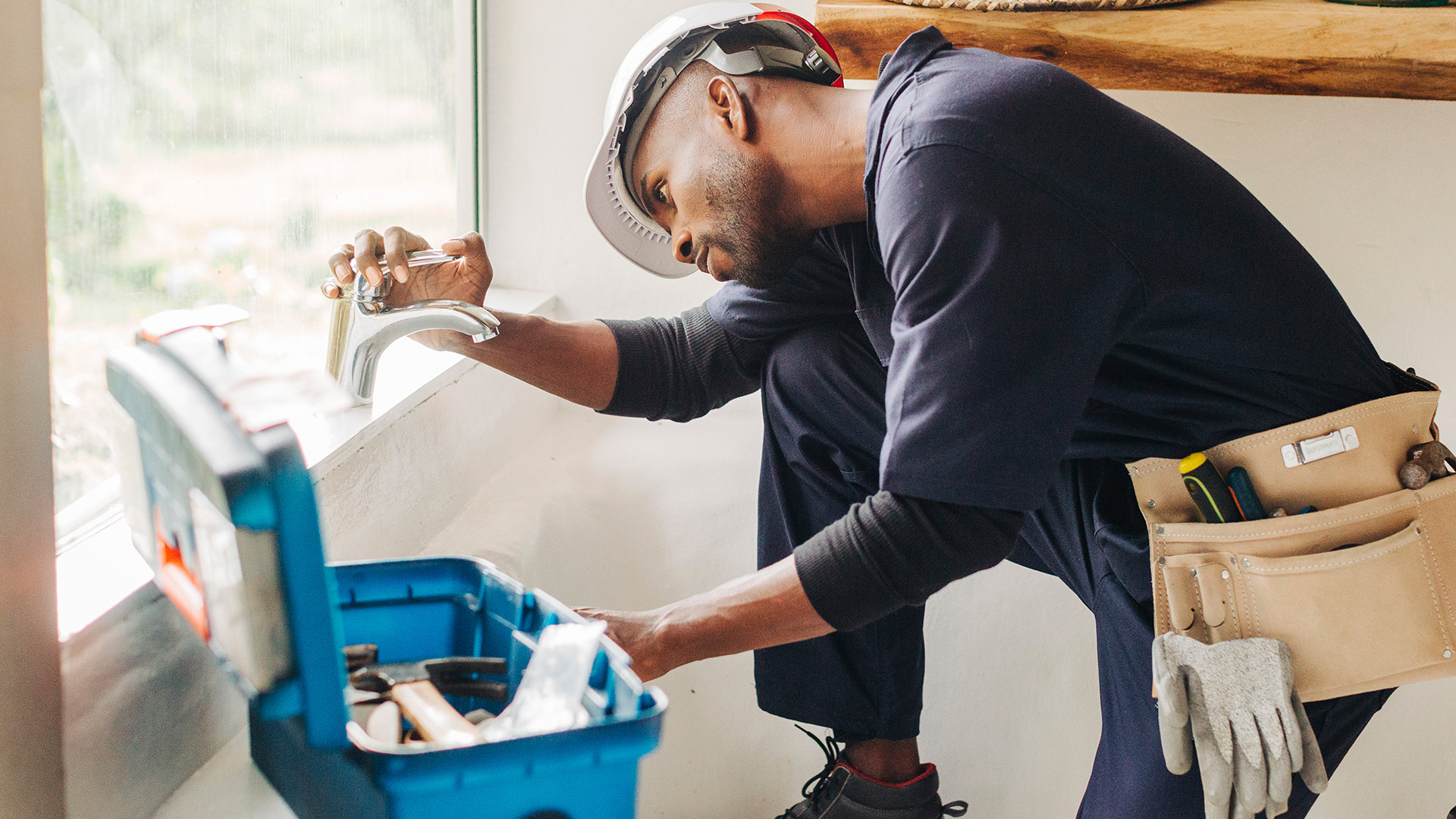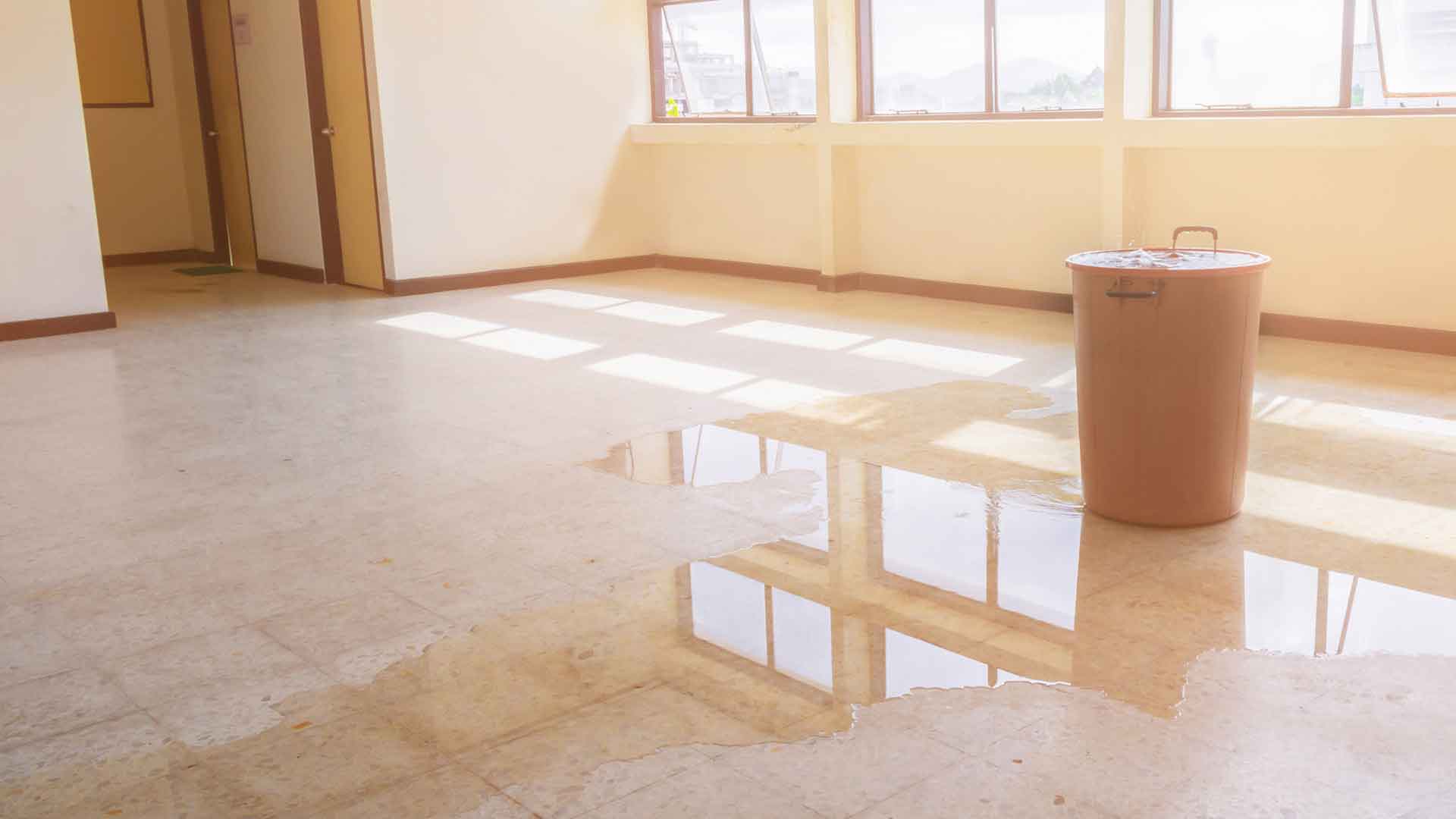Potholes are a common problem on South African roads – so much so that SANRAL launched Vala Zonke, a pothole app that enables drivers to report potholes easily to authorities. The deterioration of our roads means that every trip carries a significant risk of tyre damage from a pothole.
Fixing that tyre damage can leave you with an even deeper hole in your pocket. But did you know that you can claim the cost of repairing this damage back from the relevant authority? Here’s how:
Claiming from the municipality for pothole damage
Who is responsible for a pothole-related incident or accident depends on where it occurs:
- If it’s on a national road, you might be able to claim against SANRAL.
- If it’s on a municipal road, the local municipality or Department of Public Works are more likely to be liable for damages.
- If it’s on a regional road, the city council or local municipality will usually be liable.
Roads can be distinguished by looking at route numbers in the road names. National roads will typically start with the letter N followed by a number – for example, N1 or N2. Similarly, municipal roads start with the letter M followed by a number and regional roads will start with the letter R.
How to file a claim for pothole damage
Filing a claim involves more than just describing the location of the pothole and the damage to your vehicle. Be prepared for a complex process with no guarantee of success. You must be able to prove negligence, like showing photos of the pothole, or proving that it has been reported but has not been fixed.
Also gather supporting docs like bills incurred and witness details. You’ll need to supply your ID, vehicle details, repair quotes, a signed declaration, and sometimes even a police affidavit.
Remember, however, that you can’t claim from both the government and your insurance
How to file a claim with the different authorities
- The municipality or Department of Public Works
Filing a claim with the municipality can be a little tricky since each municipality has its own procedures. Check your local municipality’s website for its process. In most cases you have to complete a claims form and hand it in via a certain channel. Processing times vary – be prepared for a long wait.
- SANRAL
Contact SANRAL directly. Have your ID, driving licence and vehicle registration details with you. It’s essential to gather as much evidence of the incident as you can, including photos and video if possible. Have 3 repair quotes – and if the repairs have already been done, keep the invoice. You’ll also need a damage report from a professional assessor, along with an affidavit detailing the event and another stating your lack of insurance coverage for the cost. Finally, sign a declaration confirming the incident.
- Your insurance
When filing a claim directly with your insurer, make sure that your policy covers tyre damage caused by potholes, as this is a common exclusion on many insurance policies. Some insurers may offer this protection as an additional add-on.
Nedbank has MyCover Tyre and Rim protection that covers the cost of damage to the tyres and rims.
To claim for pothole damage, take a clear photo of the pothole that damaged your tyre. Then send the photo to us, so we can assess the damage. We might also need to check your vehicle or the damage physically before we can approve your claim.
Submit your claim on the Money app as soon as possible. Let us know about any other incident that might lead to an additional claim. We also need to know if you have any other insurance covering the same thing. Give us all the details we need within 31 days, along with any documents requested.
If you find out about any legal action against you after an incident, tell us straight away in writing. If something gets stolen or there’s another crime, report it to the police within 48 hours. Don’t admit fault, offer to pay, or agree to any settlements without asking us first. Also, do what you can to stop any further damage to your vehicle.
You can choose who fixes your vehicle, but you’ll have to pay within certain limits. Make sure the repair shop you pick is approved by your vehicle’s manufacturer. This is important because once the repairs have been done, any issues will have to be settled between yourself and the service provider.
Follow the progress of your claim
After you’ve submitted your claim, stay in touch with the relevant authority. If your claim is rejected by government channels, seek legal advice. You may even consider legal action if you believe that you are entitled to compensation. Remember, however, that you can’t claim from both the government and your insurance.
Contact municipalities for local roads, provincial transport departments for provincial roads, and SANRAL for national roads. It may turn out easier to simply add additional tyre-and-rim protection to your insurance policy.








